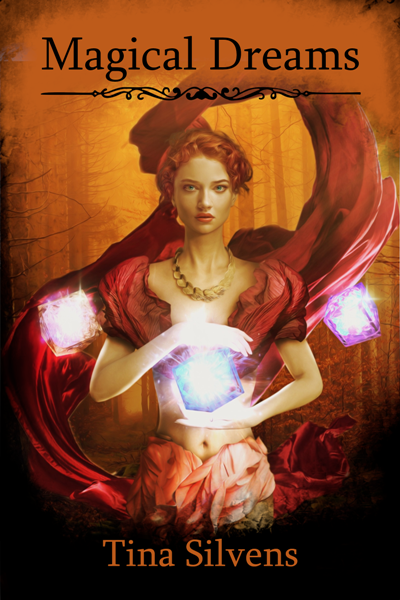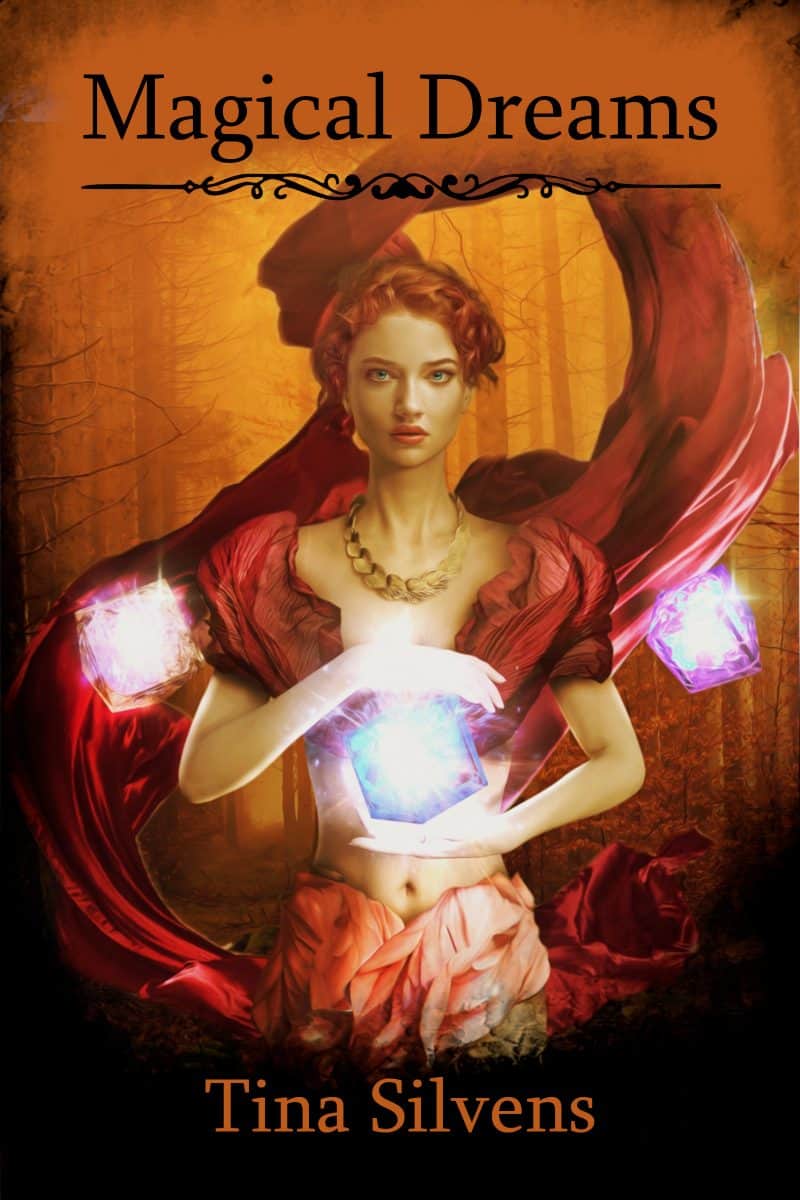The use of funny characters in literature and film has existed for centuries and has been used to entertain audiences and to communicate a moral or social message. From Ancient Greece to the present day, funny characters have been used in comic books, books, plays, films, and other media to great effect.
Funny characters have started their existence in Ancient Greek plays, such as Aristophanes’ “The Birds” and “The Frogs”, as well as in William Shakespeare’s comedies. In the 19th century, funny characters featured in works such as Charles Dickens’ “Oliver Twist” and “The Pickwick Papers”, and Lewis Carroll’s “Alice’s Adventures in Wonderland”.
In the early 20th century, the use of funny characters became a staple of the film industry. Silent films featured characters like Buster Keaton and Charlie Chaplin, while more modern films include characters such as Woody Woodpecker, Scooby-Doo, and the Minions.
Funny characters have been used in almost every medium, from books to television to video games. They have long been used to provide entertainment and social commentary, and remain a popular part of the entertainment landscape.
Tina Silvens
Contents:
- What’s a funny character and some examples
- Funny characters are important!
- Examples of classic funny characters in literature
- Examples of modern funny characters in movies
- The characteristics of a great funny character
- How funny characters have changed over time
- Funny characters in fantasy books (with examples)
What's a funny character and some examples
A funny character is a character in media, including books, movies, television shows, and video games, who is portrayed in a humorous or comical manner. These characters often have exaggerated personalities, quirks, and/or physical features that are designed to elicit laughter from the audience.
Examples of funny characters include Larry from the Three Stooges, Daffy Duck from Looney Tunes, SpongeBob SquarePants from SpongeBob SquarePants, and Bugs Bunny from Looney Tunes. Funny characters are often the stars of their respective stories and are often used to drive the plot forward with their amusing antics.
Tina Silvens
Funny characters are important!
Funny characters are an essential part of storytelling because they add a level of relatability and comedy to the story. They can help to break the monotony of a straight forward narrative, and can make a story more interesting and entertaining for the audience.
Funny characters can also provide a unique perspective on certain topics, or can help to illustrate certain points in a more humorous and lighthearted manner. Additionally, funny characters can help to keep the audience engaged and entertained during a story, which can make for a more enjoyable experience overall.
Tina Silvens

Free Book
The Mysterious Soldier - Part 1 (click on the cover to download)
Examples of classic funny characters in literature
Funny characters in literature have been captivating readers for centuries. Some of the most beloved characters are those that are zany, silly, and always up to something.
One of the earliest examples is Don Quixote from Miguel de Cervantes’ masterpiece, who is an old man who sets out on a misguided quest, convinced he is a knight fighting for justice and glory. His adventures are full of absurd situations and hilarious dialogue, making him one of the most beloved characters in literature.
Another classic funny character is the bumbling fool Sancho Panza, Don Quixote’s loyal sidekick who serves as his voice of reason. He is often the one who points out the absurdity and foolishness of Don Quixote’s actions, creating humorous situations and laughs for readers.
Charles Dickens’ Mr. Micawber from David Copperfield is another example of classic comedic character. He is a cheerful, generous-spirited man who is always positive and always optimistic, despite his abject poverty. His persistent optimism and good humor in the face of misfortune serve as a source of levity and comfort in the novel.
Lastly, the comic duo of Tweedledee and Tweedledum from Lewis Carroll’s Alice in Wonderland have become iconic characters in literature. They are a pair of identical twins that speak in unison, often providing nonsensical advice to Alice. Their comical dialogue and silly antics have delighted readers for generations.
These classic characters have entertained readers for centuries with their wit and humor, and they are beloved by readers of all ages.
Tina Silvens
Examples of modern funny characters in movies
There are a wide variety of modern funny characters in movies today, ranging from the classic clown characters of the past to the more offbeat, quirkier roles. One of the most iconic modern funny characters is Jim Carrey’s Lloyd Christmas from the 1994 comedy movie, ‘Dumb and Dumber’. He is the goofy, dim-witted best friend of Jeff Daniels’ character, and his slapstick humour, pratfalls, and silly facial expressions make him an unforgettable comedic presence.
Other popular modern funny characters include Jack Black’s portrayal of Dewey Finn in ‘School of Rock’, Sacha Baron Cohen’s Borat, and Will Ferrell’s iconic role as Ron Burgundy in ‘Anchorman’. Each of these characters has a unique comedic flair to them, and their wild antics often provide unexpected laughs and plenty of entertainment.
Finally, one of the most hilarious modern funny characters in movies is Kristen Wiig’s character of Annie Walker in ‘Bridesmaids’. Wiig’s portrayal of the awkward, and often desperate, wedding-party-member is side-splittingly funny and provides a great deal of comic relief.
Overall, what you’ll find in modern films is a variety of hilarious characters that bring plenty of fresh and exciting humor to the silver screen.
Tina Silvens
The characteristics of a great funny character
We’re going to mention only the three most important traits that make a great funny character.
a. Clever wit
Clever wit can be found in many films and often takes the form of a witty one-liner or a sharp comment that is humorous and clever. One example of clever wit in a movie can be seen in the 1994 classic comedy movie “Dumb & Dumber”. When Lloyd, played by Jim Carrey, meets Mary Swanson (Lauren Holly) at the airport, he remarks, “So you must be the two-time Mrs. Swanson…I guess that was your ex-husband’s way of saying you have a great sense of humor.” The clever quip is a humorous way of pointing out the irony of her having been married twice.
b. Physical comedy
Physical comedy is a type of comedy that relies heavily on physical actions for humor. It encompasses everything from slapstick humor to buffoonery and witty stunts. A classic example of physical comedy is the classic Three Stooges routine. In the skit, the brothers get into a slapstick fight in a bakery and hilarity ensues. They use props, like a flour sack and a rolling pin, to create humorous situations. Eventually, they end up covered in flour and, of course, the audience is left in stitches. Physical comedy is a great way to get laughs, as it relies on action rather than words.
c. Disarming manner
Disarming manner is an approach to dealing with difficult people, conversations, or situations that involves being friendly, non-confrontational, and humorous. It’s all about being approachable, light-hearted, and understanding of people’s reactions.
So, a funny character can use disarming manner to their advantage by making jokes or being silly. They can also use it to defuse a tense situation by making everyone laugh and not take the situation too seriously. They can also use their wit and knowledge of social cues to calm down a person who is angry or overwhelmed. In addition, a funny character can use disarming manner to make people feel comfortable and at ease. By being charming and entertaining, they can help people open up and be more honest.
Overall, disarming manner in a funny character can be an effective way of dealing with difficult people or situations and making them more bearable. It can also be a great way to make people feel welcome, appreciated, and respected.
Tina Silvens
How funny characters have changed over time
Well, over the years, funny characters in books and movies have evolved to become more relatable, dynamic, and three-dimensional. In the past, characters were often flat and one-note, used primarily for comedic purposes. However, modern day funny characters are much more nuanced and have a broad range of emotions and motivations to make them more realistic and engaging.
For example, in the classic novel The Catcher in the Rye, readers are introduced to Holden Caulfield, an angsty teenager who is not only funny, but also emotionally complex. His wry observations and sarcastic wit still resonate with readers to this day. Similarly, in the popular movie series The Hangover, the characters are funny and outlandish, but they also have distinct personalities and motivations that allow viewers to relate to them.
Funny characters in literature and film have come a long way since their early days as one-dimensional jokesters. Today’s funny characters are more believable and relatable, allowing readers and viewers to connect with them on a deeper level.
Tina Silvens
Funny characters in fantasy books (with examples)
Who doesn’t love a bit of humor in fantasy books? Have a chuckle with this fragment from The Mysterious Soldier – Part I:
The king went to his desk and lazily searched through a pile of papers. Trying to remember something, he said, “It’s some guy… He’s Dual…”
Soris raised an eyebrow. “What do you mean, a dual guy?” he asked.
The king let out a sigh. “Dual is his name; I wasn’t referring to his character.” He chuckled at the comical situation, then drew out a folder and gave it to Soris, saying, “Take a look at his files and see that I’m not lying. He seems to be quite a good boy, from the scores written in there.”
Tina Silvens
The general didn’t pay too much attention to his monotonous story, but concentrated on how to bring Selunia into the discussion. He didn’t like to lie, and even less to the royal family. To him, no matter how good the reason, to lie or hide something from them seemed an unforgivable, condemnable deed. That was why he was having difficulty speaking. In everything he did, if he wasn’t sure that it was right, he tended to stammer, to not find his words easily.
Finally, he inhaled and said, “Now, please, Your Highness…umm, I mean, Soris. I know this isn’t quite the right time to ask for a favor… but it’s—it’s an old promise, umm, I mean…”
“Say what is it, General. I don’t need explanations,” said the drowsy prince, turning on one side.
The general grasped a bit of courage. “It’s about my little girl.”
Soris opened one eye. “You’ve got a daughter, General? I didn’t know that.”
That one eye was enough to take the general’s breath away. He shuddered inside himself, where there was a great battle between what was moral to him and what he had to do.
Tina Silvens

Free Book!
You can unsubscribe anytime

